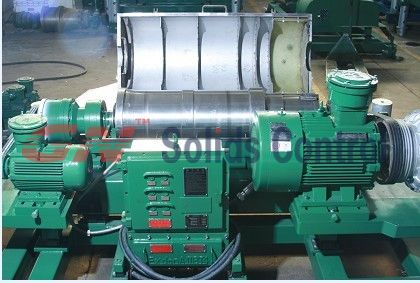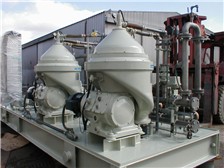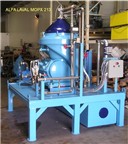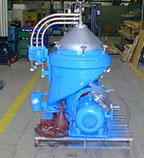As the major terrestrial oil fields near retirement, there is an ever increasing drive to bring deep sea oil fields to production. The Gulf of Mexico is thought to contain the largest untapped oil reserves in the world. Based on current findings, some estimates by the Department of the Interior Mineral Management Services number reserves at over 100 billion barrels. Finding oil in deep water is one thing, but extracting it from these undersea reservoirs is an entirely different challenge. Deep water rigs are designed to overcome the unique technical problems associated with deep water drilling.

Deep water rigs and the equipment on them must withstand extreme and variable conditions. Freezing temperatures, stormy seas, hurricane wind forces are just a few things to contend with at the surface. Equipment on the sea floor may be difficult or impossible to access during drilling and must be designed to be nearly maintenance free for several years at a time, while still operating 24 hours around the clock. The price tags on these rigs can easily climb past half a billion dollars.
Sending drill bits down through a mile or two of ocean and then three of four miles of variably dense rock strata to reach reserves is no small feat of engineering. The drill is made up of hundreds of pipe sections all linked together. Once a rig reaches its desired drilling site crews spend several days linking pieces together; as each piece is dropped into the water it is affixed to the next. Joints at each connection point allow limited amounts of flexibility for drilling.
Once a rig goes into production it must stay anchored in place for years at a time. In shallow waters rigs are anchored in place with synthetic moorings. These ropes are strong enough to resist the wind forces of a hundred year storm like Hurricane Katrina. Anchoring a deepwater rig is much more difficult and can even be dangerous by preventing it from moving to safer water in the event of a hurricane. Ocean currents in deepwater are much more powerful than shallow areas. Anchoring a deep water rig is done using massive propulsion mechanisms positioned at each corner of the rig. GPS monitoring equipment tracks the rigs position and tells the thrusters how to maintain status.
Systems are put in place on the ocean floor to help increase production speeds. Rock strata on the ocean's floor is porous and sponge like, therefore well pressures may not be strong enough to overcome the water column above. Powerful pumps are used to increase production speeds. The pipes and pump systems must withstand both the extreme freezing temperatures of the sea water at that depth, as well as the intense heat of the oil coming from the well which can reach temperatures of 400 degrees Fahrenheit. This interaction between the hot oil and the cold water can cause catastrophic backflow problems. High grade insulation is used to counteract this problem. Should a problem arise, robotic submarines can be dispatched to investigate and repair damages.
As exploration into the deepest regions of the Gulf of Mexico escalates and some of the largest oil fields in history are being discovered, Oil and Natural gas companies based in the United States, such as Triple Diamond Energy Corp, are able to work towards reducing US dependency on foreign oil imports. The future is promising!
About the Author: Robert Jent is President & CEO of Triple Diamond Energy Corp. Triple Diamond Energy is an independent producer of oil and natural gas. Located in the Dallas area, the company specializes in acquiring the highest quality prime oil and gas properties












